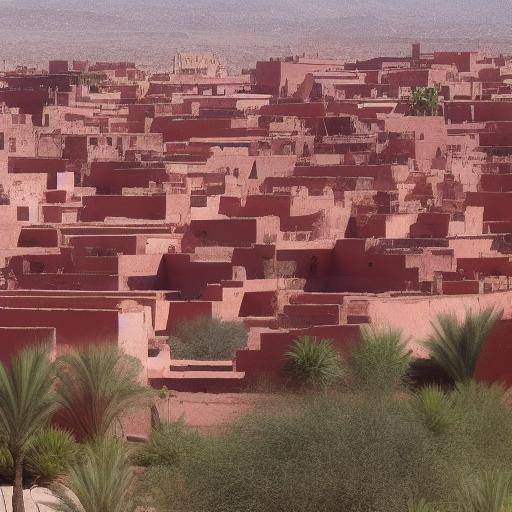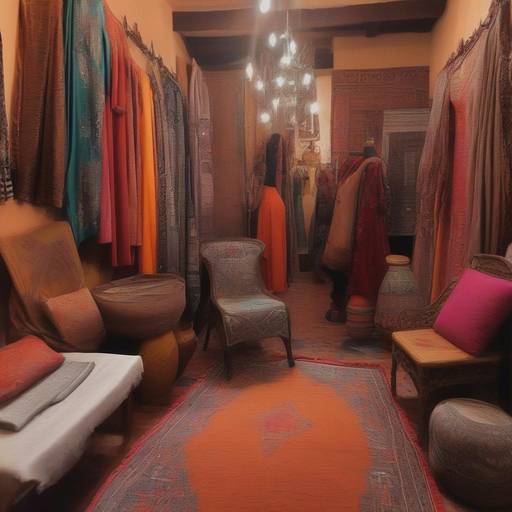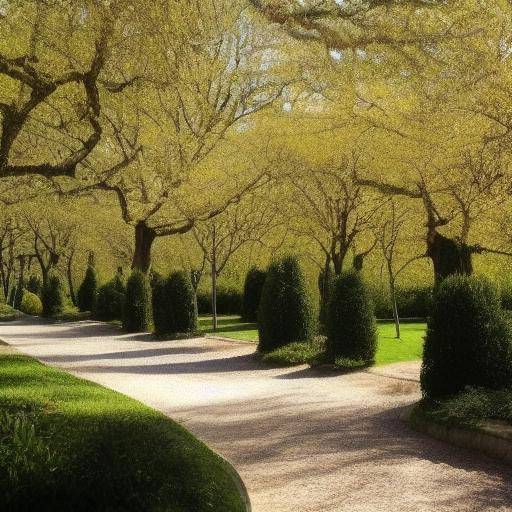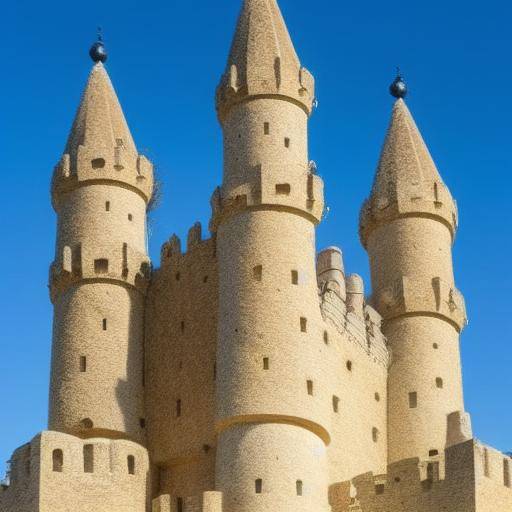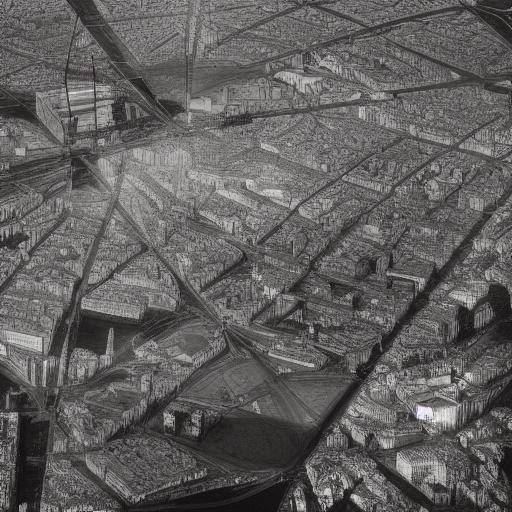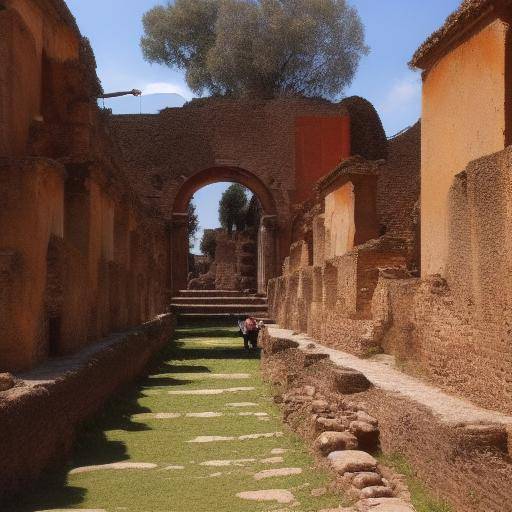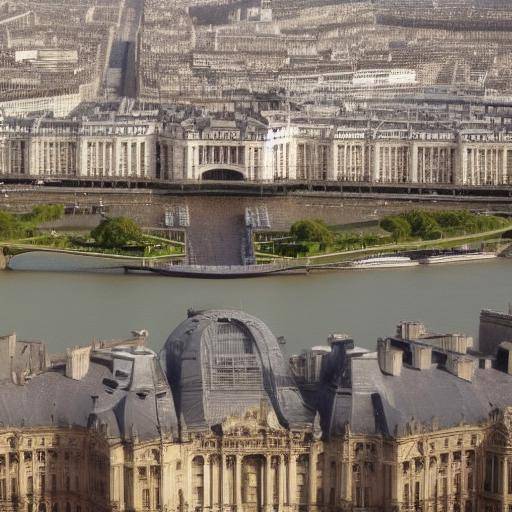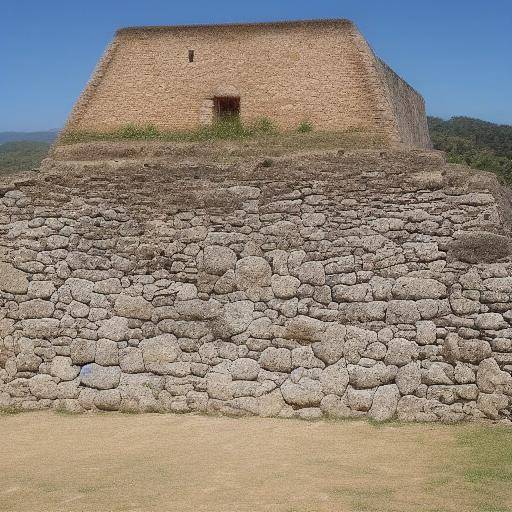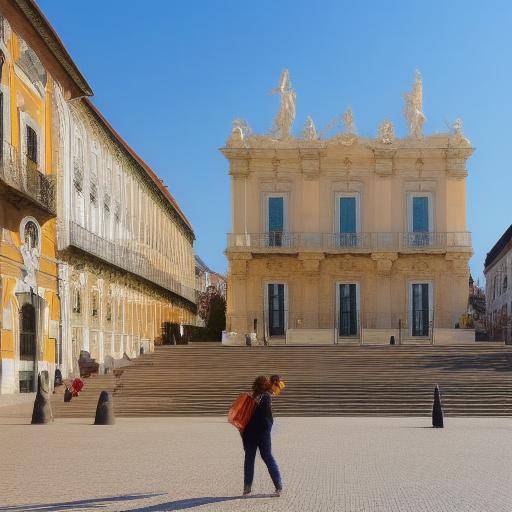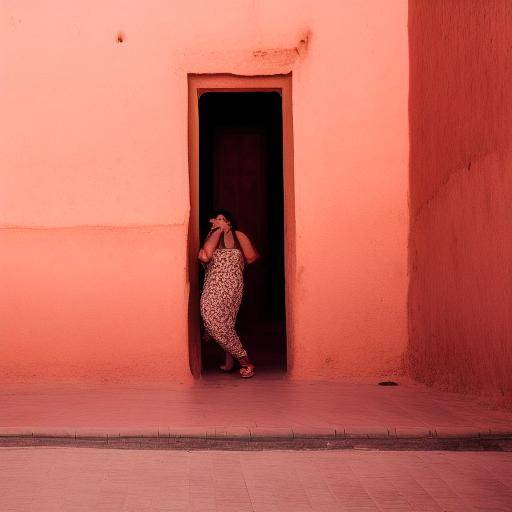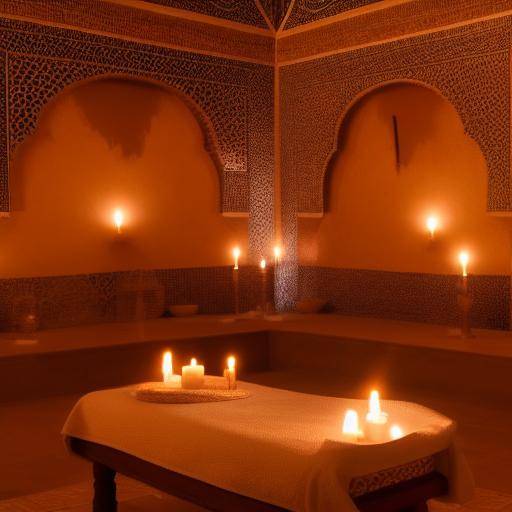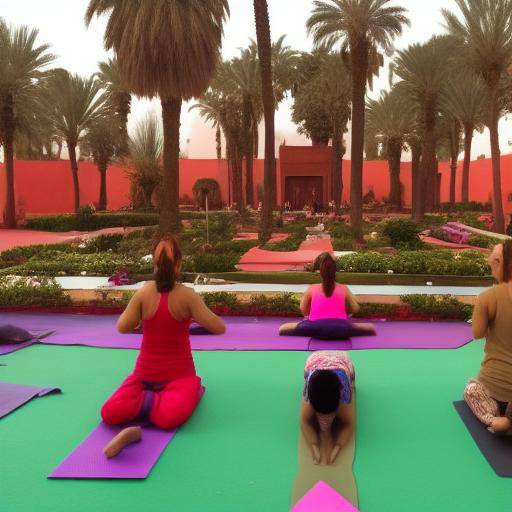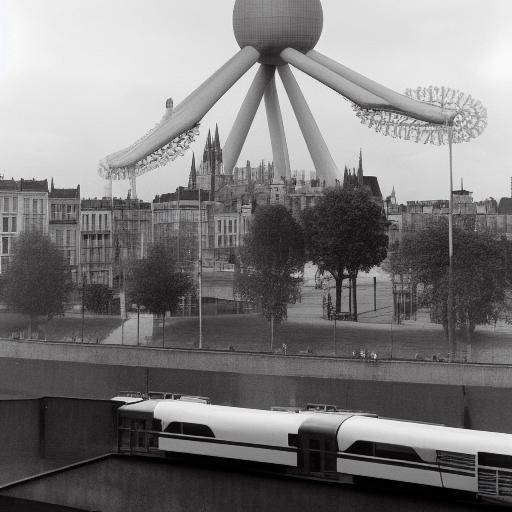
Islamic art in Marrakech is a cultural treasure that has endured over the centuries, creating an architectural legacy that dazzles its beauty and complexity. In this article, we will explore the rich history of Marrakech, the Islamic architecture that characterizes it and its valuable cultural heritage. From the stunning palaces to the majestic mosques, we will enter this fascinating world of art and history.
Introduction
Marrakech, known as the "red city" for the color of its buildings, is a jewel of Islamic art that has captivated travelers, historians and lovers of architecture. His palaces and mosques witness a rich cultural heritage intertwined with the tradition and spirituality of Islam. In this article, we will discover the beauty and meaning behind these monuments, as well as their impact on the cultural heritage of Morocco.
History and Background
The history of Marrakech dates back over a thousand years, when it was founded in 1062 by the Berber dynasty of the Almoravids. Since then, the city has witnessed numerous cultural influences, including the arrival of the Arabs and the dynasty of the Almohades, who left a profound mark on their architecture. The rise of the Saadí dynasty in the 16th century marked an era of artistic splendor, culminating in the construction of exquisite palaces and emblematic monuments.
Islamic art in Marrakech is characterized by its exquisite ornamentation, intricate inner courtyards and meticulous attention to detail in every corner of its buildings. The mosques, like the famous Koutoubia, rise majestic as symbols of religious devotion and architectural grandeur, while the palaces, like the Bay Palace, dazzle with their lush gardens and richly decorated rooms.
Analysis in Deep
The Islamic architecture of Marrakech is not only a legacy of the past, but also an engine of the economy and tourism of the city today. Its impact on the cultural identity of Morocco is undeniable, attracting visitors from around the world who are marveled by the mastery of their craftsmen and architects. However, the preservation of this heritage faces challenges in a constantly evolving modern world.
In the midst of these challenges, current trends aim at the sustainable conservation and promotion of responsible cultural tourism, seeking to balance the preservation of historical authenticity with contemporary needs. This approach seeks to ensure that future generations can delight in the beauty of Islamic art in Marrakech, while promoting sustainable and respectful development with tradition.
Comprehensive review
Islamic architecture in Marrakech is a paradigm of human creativity, transcending the borders of time and geography. Its influence extends beyond the borders of Morocco, inspiring artists, architects and scholars around the world. The combination of geometric elements, Arabic calligraphy and the profusion of tiles and stucco creates a unique visual language that reflects the spirituality and aesthetics of Islam.
Comparative analysis
By comparing the Islamic architecture of Marrakech with other artistic currents, it is evident its uniqueness and its ability to captivate those who contemplate it. Its landscaped courtyards and refreshing sources contrast with the sobriety of European structures, while its intricate decorative details challenge the simplicity of contemporary minimalism. The solidity of its walls and the elegance of its arches are a testimony of the architectural mastery, astonishing those inhabited to more modern or conventional structures.
Practical Tips and Accessible Tips
If you plan to visit Marrakech to marvel at its Islamic art, we recommend you to explore the Medersa Ben Youssef, an old educational center decorated with intricate plaster and wood designs. Do not miss the Marrakech Museum, located at the Mnebhi Palace, where you can admire a collection of Moroccan art and crafts. As you travel around the city, you pay special attention to the architectural details of mosques and palaces, since every corner has a history to be discovered.
Sector Information and Views of Experts
According to cultural heritage experts, the preservation of Islamic art in Marrakech is essential to safeguard a crucial part of Morocco's history and identity. Sustainable tourism and awareness of the importance of this heritage are key aspects to ensure their long-term preservation. The local community plays a key role in this process, reaffirming its commitment to the valuation and protection of its cultural legacy.
Case Studies and Real Life Applications
The influence of Islamic art in Marrakech extends beyond its monuments, permeating the daily life and creativity of its inhabitants. From local craftsmanship to contemporary design trends, Islamic aesthetics influence a wide range of artistic expressions. This is reflected in the decoration of interiors, fashion, and the design of products, showing the durability and relevance of the artistic and historical legacy of Marrakech today.
Future Trends and Predictions
As Marrakech is positioned as a renowned cultural and tourist destination, innovative initiatives are expected to integrate Islamic architecture into the modern life of the city. The development of projects that promote respectful interaction with historical heritage, as well as the momentum of education and awareness of its value, will be fundamental to ensuring that the beauty and meaning of Islamic art in Marrakech transcend the barriers of time.
Conclusion
Islamic art in Marrakech is a living testimony of human creativity and spirituality that transcends cultural boundaries. This architectural legacy invites us to celebrate the diversity of artistic expressions and to reflect on the importance of preserving and assessing the cultural heritage of past civilizations. Marrakech, with its historical and artistic wealth, invites us to immerse ourselves in a journey through time, revealing the eternal beauty of its Islamic art.
Frequently asked questions
What makes the Islamic architecture in Marrakech so special?
The Islamic architecture in Marrakech is distinguished by its exquisite ornamentation, geometric influences and deep integration with Islamic spirituality. The meticulous attention to detail and wealth of its decorative elements make it a unique manifestation of human creativity.
What is the economic impact of Islamic art in Marrakech?
Islamic art in Marrakech plays a key role in the momentum of tourism and the local economy. The attraction of visitors interested in their cultural heritage contributes significantly to the economic development of the city and to the trade in crafts and products related to this aesthetic.
How is Islamic art preserved in Marrakech?
The preservation of Islamic art in Marrakech is based on sustainable conservation, education on its historical importance and the active participation of the local community in its care and appreciation. Denormative implementation of heritage protection, as well as promotion of responsible cultural tourism, are key tools for their long-term preservation.
What impact does Islamic architecture have on Marrakech in everyday life?
The influence of Islamic architecture in Marrakech transcends its monuments, permeating the daily lives of its inhabitants. It is reflected in local crafts, fashion, interior decoration and urban design, inspiring a wide range of artistic and cultural expressions.
What are the future trends for the preservation of Islamic art in Marrakech?
Future trends are expected to focus on the development of projects that promote respectful interaction with historical heritage, the promotion of education and awareness of its value, as well as the integration of Islamic art into the modern life of the city.
Where can I find outstanding examples of Islamic architecture in Marrakech?
Visitors can find outstanding examples of Islamic architecture in Marrakech in emblematic places such as the Koutoubia mosque, the Bay Palace, the Ben Youssef Medersa and the Marrakech Museum, among other monuments and historical buildings.
What is the cultural impact of Islamic art on Marrakech globally?
The cultural impact of Islamic art in Marrakech transcends the borders of Morocco, influencing artists, architects and designers around the world. Its aesthetic singularity and deep connection to Islamic history make it a benchmark of inspiration and admiration at the global level.
In conclusion, Islamic art in Marrakech is a powerful manifestation of Moroccan human creativity, spirituality and historical wealth. Its conservation and valorization are essential to preserve an incomparable cultural legacy that continues to inspire present and future generations. By exploring its beauty, we immerse ourselves in a journey through history and aesthetics, discovering the undeniable influence of Islamic art in the heart of "red city".
In short, Marrakech is a city where beauty and meaning are intertwined in every architectural element, reminding us of the depth of the Islamic artistic legacy.

